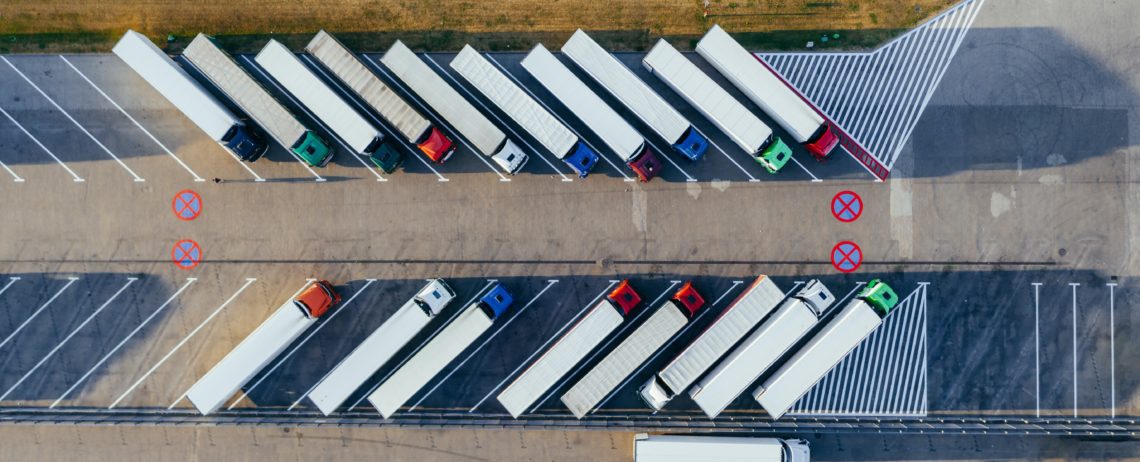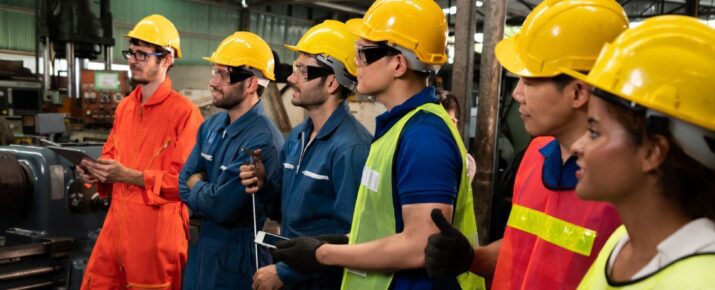Drive Major Savings In Fuel One Simple Check – Vehicle Inspections
Ask The Experts | By | 10 Aug 2022 | 4 minute read

The world is currently witnessing an alarming surge in gas prices, averaging $5 a gallon in the US and $9-$10 a gallon in Europe. With the gravity of this situation, do we see an end in sight, or when is this going to stop?
Why are Gas Prices So High?
First, it is important to know the causes of this rise in gas prices. To answer this question, we must examine the following things: seasonal demand, international conflicts, and the COVID-19 pandemic. These factors have impacted the global oil supply chain and created a little bit of a perfect storm right now.
In the summer months, when kids are off of school and families are traveling on vacation in the US, the demand for gas is much higher. Along with the ongoing war in Ukraine, global oil prices continue to increase following the trade restrictions and sanctions imposed on Russia, a huge oil and gas exporting country.
To add a little bit of insult to injury, some refineries have shut down due to low demand since the pandemic. All this is creating these higher supply and demand prices that are hitting families and businesses alike in their pockets.
Solutions for Maximizing Travels During Oil Price Hikes
Now, we ask ourselves, ‘What can we do about it?’
Great question. Even though most of this is out of our control, there are many things we can do to help us save a few high-priced gallons of fuel and make them go a bit further. Here are a few strategies to keep up with the volatile oil prices.
Travel with Purpose
We make so many unnecessary trips that are wasting our gas or could be done over the phone or by email or, quite frankly, not done at all. This is why it is important to think about your destination and purpose for making the trip.
Before traveling, ask yourself the following questions:
- Where am I going?
- Why am I going there in the first place?
- Is it critical, or can I wait for another day?
- If I must make the trip, how can I wrap other important stops along the way?
Take the Most Efficient Route
Planning is essential before traveling, as it helps you identify the most efficient way to get from Point A to Point B and back. For instance, if you plan to visit the Dutch capital in Europe you can mark the route covering the tourist attractions that will bring pleasure to you during your trip. Take some time to map out your plan and activities before jumping into the vehicle and just taking off.
This step could take some thinking ahead when planning for your week, but the results are worth the effort. It will save those unnecessary miles spent going from one side of the town to the other when you might be going that other way the next day or later in the week. Leveraging technologies like Fortescue Elysia can further enhance route planning by providing real-time data and intelligent insights to ensure the most efficient travel.
Perform Pre-Trip Vehicle Inspections
Prior to heading out on your quest for efficiency, ensure a pre-trip inspection is complete on your vehicle. These inspections are not just something that businesses do; you should also perform these on your personal vehicle on a regular basis as well.
Get started by downloading SafetyCulture (formerly iAuditor) from the app store and find a vehicle inspection checklist in the Public Library. This tool will walk you through everything you need before making the trip, such as:
- checking your tire pressure to ensure they are not underinflated;
- inspecting your air filters, checking oil and vehicle fluid levels; and
- ensuring your vehicle is ready to get you to your destination efficiently.
How long do vehicle inspections take? A pre-trip vehicle inspection on a bi-weekly or monthly basis should only take 15-25 minutes to complete. This procedure consumes way less time than being broken down on the side of the road with a flat tire or no spare tire to change.
Moreover, conducting vehicle inspections will prevent under-inflated tires that are not only dangerous but are eating away at your fuel economy. Conducting regular vehicle inspections not only saves fuel but also increases the lifespan of your vehicle. If you’re in the market for high-quality used vehicles, consider visiting local dealerships that pre-purchase inspection by an independent mechanic. Make sure your vehicles at work and home are properly inspected for a smooth ride.
Tips for Saving Gas on the Road
These tips might be common sense ways to help save gas, but they can’t be talked about enough. Here are ways to help save fuel during your trip that is within your control.
Tip #1: Slow Down
First, you must remember to slow down for safe driving. The faster you drive, the more fuel you are burning, which lowers your fuel economy during your trip. Take your time, leave early, and drive to conditions under the posted speed limit.
And while we are on the subject, make sure you ease on and off the accelerator while driving. Do not jam on the gas when taking off from a stop, as this burns the most fuel possible to get your car up to speed. Nice and smooth will do the trick.
Tip #2: Utilize Your Cruise Control
Next, use your cruise control when possible. Using your cruise control will keep your vehicle at the appropriate cruising speed and avoid rapid fluctuations by your foot with your throttle control.
This steady speed will keep your fuel consumption constant and within an acceptable range. It also becomes one less thing to manage while looking for hazards and scanning your mirrors (and not the one to check your hair or make-up).
Tip #3: Avoid Keeping Your Vehicle Idle
Lastly, if you anticipate idling your vehicle for over five minutes, it is best to roll your windows down and shut it off. This is only if the outside temperature or climate is conducive to shutting your vehicle off.
Leaving your car running for an extended time is just wasting gas unnecessarily. So next time you are in the vehicle for an extended period of waiting, shut it off and save those extra gallons.
Final Thoughts
Our paychecks are not increasing while gas prices are, and the summer travel months have just begun. Ensure you are saving as much at the pump as you can by:
- planning out your necessary trips;
- inspecting your vehicles at work and home; and
- driving in an economical manner that, at the end of the day, is safer and will increase your miles per gallon.
Make sure to share these tips with your friends and family. They will thank you and might just invite you to their next summer barbecue.
Important Notice
The information contained in this article is general in nature and you should consider whether the information is appropriate to your specific needs. Legal and other matters referred to in this article are based on our interpretation of laws existing at the time and should not be relied on in place of professional advice. We are not responsible for the content of any site owned by a third party that may be linked to this article. SafetyCulture disclaims all liability (except for any liability which by law cannot be excluded) for any error, inaccuracy, or omission from the information contained in this article, any site linked to this article, and any loss or damage suffered by any person directly or indirectly through relying on this information.





